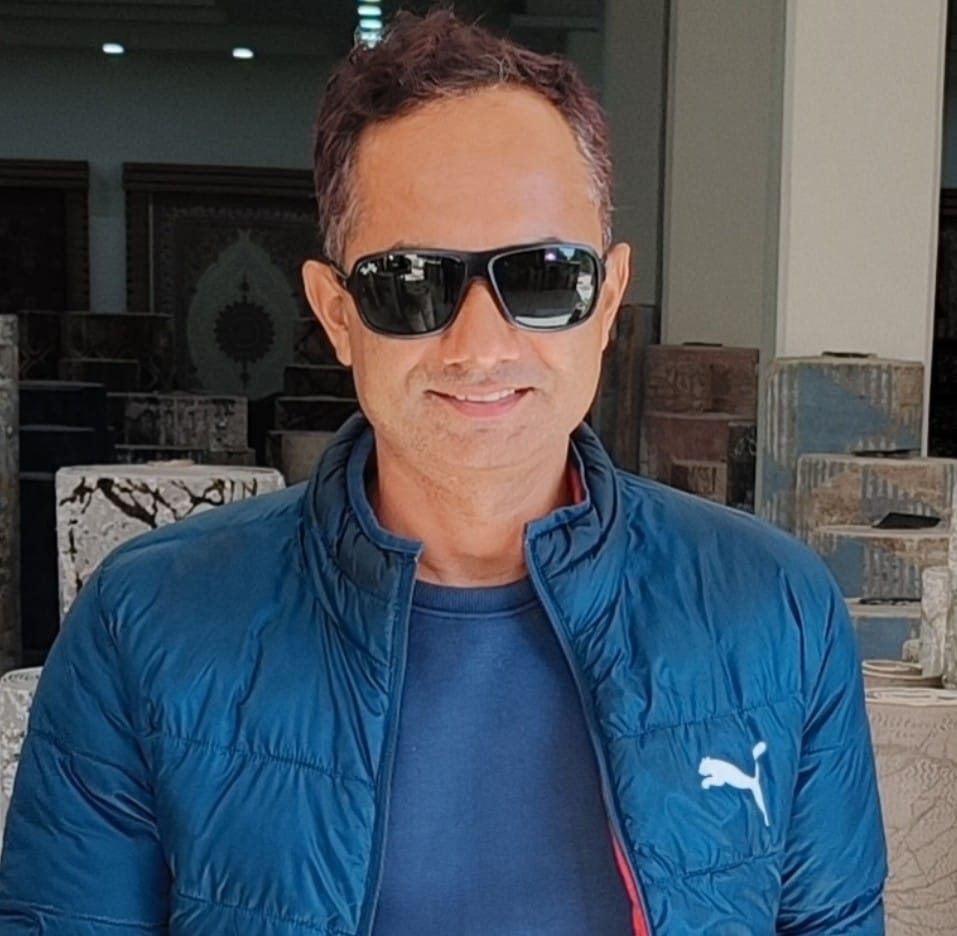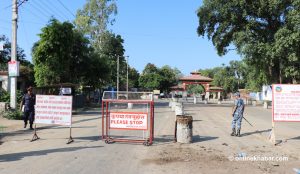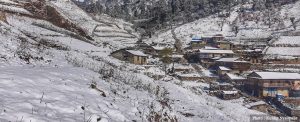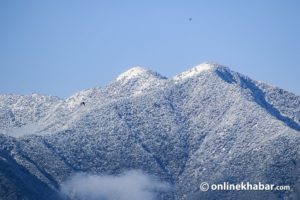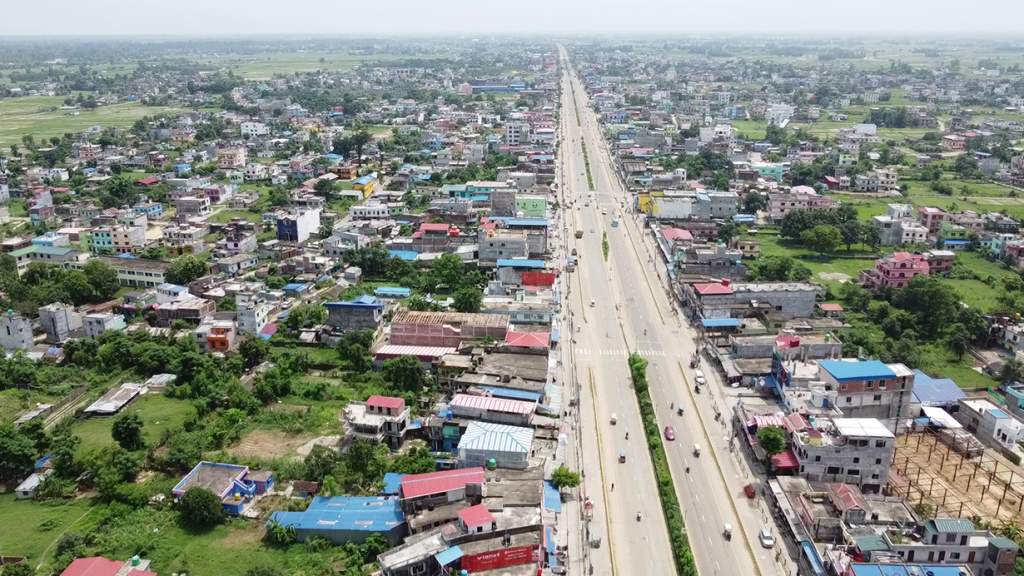
Kohalpur, an emerging city in western Nepal, is growing rapidly and has become a symbol of diversity. The neighbourhoods ‘Driver Tol’ and ‘Lahure Tol’ reflect the unique blend of residents from various communities.
Located in Banke district along the East-West Highway, Kohalpur serves as a gateway to Karnali and Sudurpashchim provinces. Over the past three decades, Kohalpur’s population has seen a significant rise. The Kohalpur Municipality was formed in 2016 (2073 B.S.) by merging the former villages of Kohalpur, Ranjhena, and Shamsherganj. In 2001 (2058 B.S.), the population of these villages was 41,990, which increased to 70,647 in 2011 (2068 B.S.), and as per the 2021 (2078 B.S.) census, it now stands at 101,667.
Rapid growth, endless opportunities
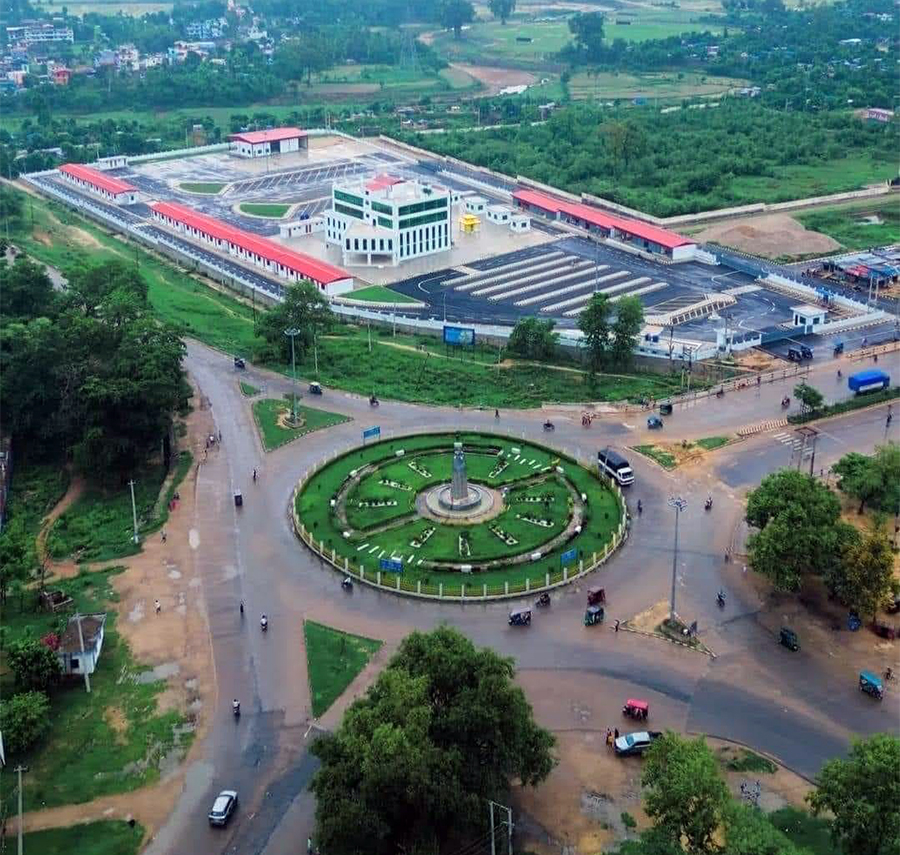
The municipality’s annual population growth rate is 3.53%, significantly higher than other cities in Nepal. Covering an area of 184.26 square kilometres, Kohalpur is connected to Banke National Park, with approximately 66% of its area covered by forests, making it one of the municipalities with the largest forest area in Nepal.
Kohalpur is only 10 kilometres from the city of Nepalgunj. The municipality has 15 wards and falls within Lumbini Province’s Constituency 1 and House of Representatives Constituency 1. The name “Kohalpur” is believed to be derived from “Kol,” a traditional wooden oil-press used to extract oil from seeds like mustard.
According to the 2021 (2078 B.S.) census, Kohalpur has 24,183 households. The population comprises 11% hill Dalits, 2% Madhesi Dalits, 9.8% hill indigenous groups, 26.9% Tharu and Madhesi indigenous people, 43.6% hill Brahmins, Chhetris, Thakuris, and Madhesi people, and 2.7% Muslims. Linguistically, 69.24% speak Nepali, 24.51% speak Tharu, and 4.7% speak Awadhi. The region experiences extreme temperatures, with summer highs reaching 46°C and winter lows dropping to 4°C. The annual average rainfall is recorded at 1,912 mm.
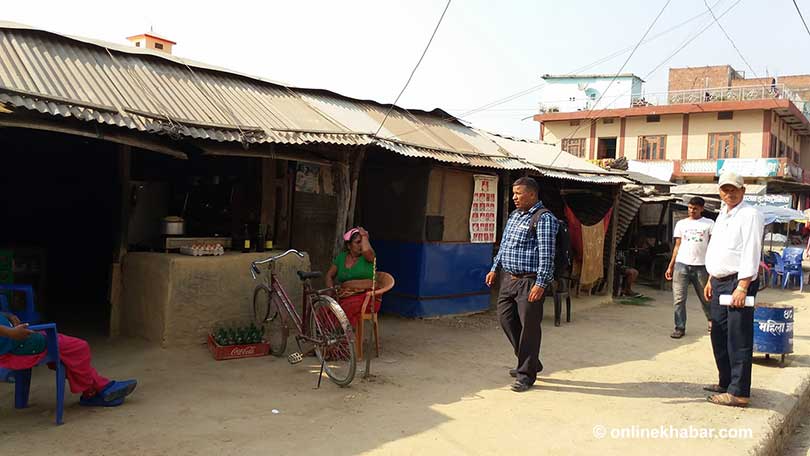
Kohalpur is a transportation hub with well-established road connections to major cities like Nepalgunj, Karnali, Kanchanpur’s Gaddachauki, Butwal, Narayanghat, and Kathmandu. Surkhet is 85 kilometres away, and Mahendranagar is 200 kilometres from Kohalpur. It also connects the East-West Mahendra Highway and Ratna Highway, linking Kohalpur with Karnali Province via Surkhet.
Public transportation operates daily for up to 18 hours, and the Nepalgunj Airport, 13 kilometres from Kohalpur, has around 30 daily flights to Kathmandu and other hill districts in Karnali and Sudurpashchim provinces. Additionally, Kohalpur is equipped with helipads for emergency rescues, disaster relief, and patient transport from remote hill districts.
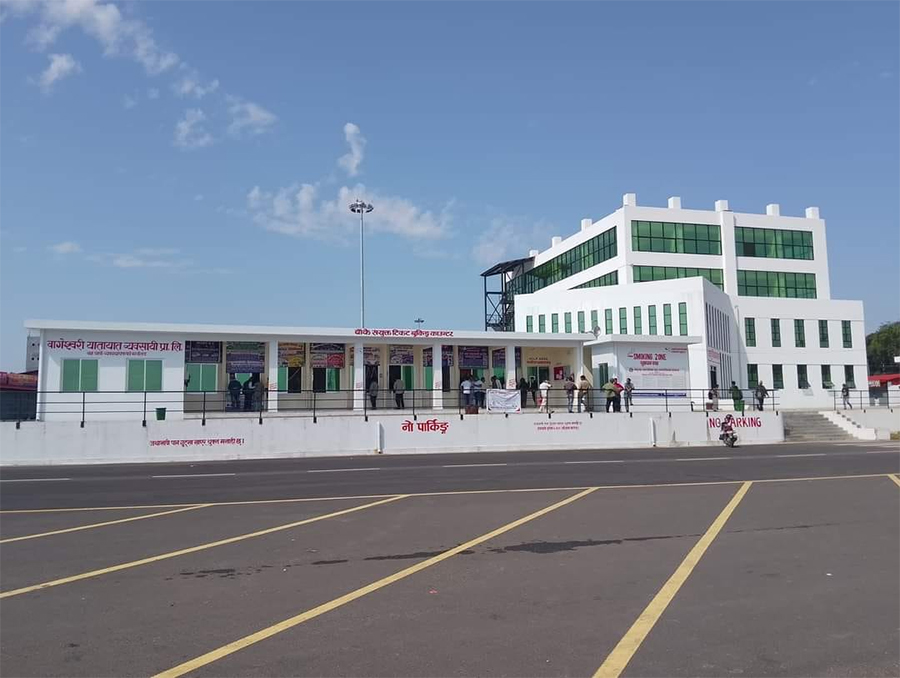
Melting pot of Western Nepal
Kohalpur has growing potential in tourism due to its proximity to Banke National Park. The city also has an international-standard cricket stadium and other sports facilities. There are around two dozen government offices, financial institutions, and six campuses offering higher education, making it a regional hub for education and healthcare. Kohalpur also has more than 80 schools and several colleges, including two nursing colleges and three multi-disciplinary campuses.
Nepal Television established a regional broadcasting centre in Kohalpur in 1995 (2052 B.S.), enhancing its prominence across the country. That same year, Nepalgunj Medical College started building a teaching hospital in Kohalpur, which boosted the town’s growth. With 350 hospital beds, over 500 staff, and students from India, Sri Lanka, Bangladesh, and Bhutan, the town has become an attractive centre for medical education.
The population shift began during the Maoist insurgency and the state of emergency in 1995, as many people from the hill districts of Karnali and Rapti zones moved to Kohalpur. Former mayor Luth Bahadur Rawat notes that the town hosts the largest number of settlers from Salyan. Additionally, people from Jumla, Humla, Mugu, Kalikot, Dailekh, and Jajarkot districts in Karnali, as well as from Dang, Rolpa, Rukum, Pyuthan, Arghakhanchi, Gulmi, Syangja, Parbat, and Kaski in Lumbini and Gandaki provinces, have made Kohalpur their home.
Kohalpur’s ‘Driver Tol’ is named after the large number of transport workers who settled there, while ‘Lahure Tol’ is a neighbourhood named by settlers from Jumla, Karnali.
The city has also attracted many migrants due to its expanding education and healthcare facilities. According to a local entrepreneur, Kushmakhar Basyal, more people have been moving to Kohalpur due to the rise in quality higher education and medical services.
Despite tensions between Madhesi and hill communities in 2006 (2062/63 B.S.), Kohalpur remained largely unaffected by such conflicts. Its growing population and thriving diversity have cemented its status as a vital urban centre in western Nepal.
In the fiscal year 2023/24 (2080/81 B.S.), 141 new houses were constructed in Kohalpur with official permits, while around 100 homes are estimated to have been built without permits. In the same period, 761 families migrated to Kohalpur, while 252 families moved away. Vijay Barma, head of the Nepal Television Kohalpur broadcasting centre, attributes the city’s rise in migrants to its clean environment, transport facilities, education, and health services.


